The refrigerator is an essential appliance for your kitchen. As it runs 24/7, it will consume more power unless you take the necessary actions. To reduce refrigerator power consumption, you must know the type of fridge, its size, usage, etc. Depending on these parameters, you can implement several methods, such as coil cleaning, reorganizing, using solar as the power source, etc.
Using a solar generator is one of the ideal ways to reduce small refrigerator power consumption. The Jackery Solar Generator can be your ideal home backup solution for powering the refrigerator and other crucial equipment during an outage. Read ahead to learn how much power you can save by using solar.
Key Takeaways
- The average refrigerator's power consumption varies depending on several factors and ranges between 50 and 800 watts.
- The average power consumption of a refrigerator can be around 10% of the monthly power consumption.
- Reduce the refrigerator's power consumption by keeping it in a neutral temperature location, cleaning compressor coils, etc.
- Use a solar generator to reduce your grid power consumption. Jackery Solar Generator is an essential home backup for running your refrigerator.
Refrigerator Power Consumption Explained
The typical refrigerator's power consumption depends on several factors: size, power, type, age, make, and model. There are four to five categories of refrigerators. From the smallest mini fridge to one of the largest side-by-side refrigerators, their power consumption varies from 50 to 800 watts. The average refrigerator power consumption in watts of a smart inverter fridge is 100 to 400 watts.
|
Refrigerator Type |
Average Wattage |
Daily Usage (Hours) |
Daily kWh |
Monthly kWh |
Monthly Cost (at $0.16/kWh) |
|
Mini Fridge |
50-100 |
8 |
0.4 - 0.8 |
13.5 - 24 |
$2.16 - $3.84 |
|
Top-Freezer |
300-500 |
8 |
2.4 - 4 |
72 - 120 |
$11.52 - $19.2 |
|
Bottom-Freezer |
350-600 |
8 |
2.8 - 4.8 |
84 - 144 |
$13.44 - $23.04 |
|
Side-by-Side |
500-800 |
8 |
4 - 6.4 |
120 - 192 |
$19.2 - $30.72 |
|
Smart Inverter (Energy Star) |
100-400 |
8 |
0.8 - 3.2 |
24 - 96 |
$3.84 - $15.36 |
Factors Affecting Refrigerator Consumption
Several factors affect the overall power consumption of a refrigerator, as discussed below:
- Age: Old refrigerators are less efficient than new ones and consume more power.
- Size: Larger refrigerators need more power to function correctly.
- Insulation: Thicker insulation does not let the air inside the fridge escape, requiring less power.
- Location: If the refrigerator is in a warm or poorly ventilated area, it will consume more power.
How Much Does Your Refrigerator Add to Your Electricity Bill?
You can easily calculate electricity consumption once you learn how many watts a refrigerator uses. For example, if you have a fridge with an average consumption of 100-250 watts per hour and it runs for 8 hours, the total refrigerator power consumption per day will be 0.8 to 2kWh.
It will be 24kWh to 60kWh in a month. The total monthly cost of running the refrigerator will be $3.84 to $9.6 (at $0.16 per kWh). Let’s say your monthly power bill is $100; the refrigerator contributes a maximum of 10% to it.
Step-by-Step Guide to Reduce Refrigerator Power Consumption by Up to 60%
When you know how much power your refrigerator consumes, you can make some systematic changes to your usage and settings to reduce the overall small refrigerator's power consumption.
Step 1. Analysis Your Refrigerator’s Energy Usage (With a Power Meter or App)
You must know the current power usage to reduce the LG refrigerator's power consumption. This is easy with a Kill-A-Watt meter or a smart plug. You can connect the smart plug with a dedicated app to monitor power usage from anywhere.
Step 2. Optimize Internal Settings to Cut 10–15% Consumption
A strict tab on the refrigerator's internal temperature helps cut the power cost by 10-15%. According to the DOE’s refrigerator freezer use and temperature tips:
- The ideal temperature in the refrigerator should remain under 40°F (4.4°C) in all the sections.
- The central part of the fridge should be between 35°F (1.6°C) and 38°F (3.3°C), with the optimal temperature at 37°F (2.7°C).
- The freezer should be set at 0°F (-17.7°C).
The calculations are as follows for a top freezer refrigerator of 500W running for 8 hours a day:
|
Temperature Setting |
Energy Used Compared to Optimal |
Annual Wastage (kWh) |
Additional Cost/Year |
|
33°F (0.5°C) (too cold) |
Usage increases by 10% to 15% |
~144kWh to 216kWh |
~$23 to $34 |
|
37°F (2.7°C) (optimal) |
Baseline |
– |
– |
|
40°F (4.4°C) (borderline high) |
Usage increases by 5% to 8% |
~72kWh to 115kWh |
~$11.5 to $18 |
Step 3. Improve External Conditions to Reduce Load by 10–12%
Besides internal temperature settings, external conditions also play a key role in reducing the refrigerator's power consumption per day. Following these tips can reduce the load by 10-12%.
- Keep the refrigerator away from places with heat, as it will require more energy to keep the food cool.
- Ensure proper ventilation around the fridge. Maintain an air gap of 5-10 cm between the refrigerator and the wall.
- Clean the fridge's condenser coils as they affect the refrigerator’s efficiency.
Step 4. Change Usage Habits to Save Another 8–10%
There are some daily habits that you can change to keep the GE refrigerator's power consumption low.
- Reduce opening the refrigerator door repeatedly, as it takes more power to return the temperature to normal.
- Avoid overstuffing the fridge as it increases the work needed by the refrigerator.
- Using glass containers to store food can help retain coolness for longer.
Step 5. Upgrade or Retrofit to Save Up to 20–30%
If you have an old refrigerator, you can upgrade it to save more on its power consumption. An old refrigerator can consume 35% more energy than an Energy Star-certified refrigerator, and upgrading to an Energy Star-certified refrigerator can help you save $220 per year.
You can also opt for an inverter compressor fridge that automatically adjusts its power and running speed based on the fridge's cooling needs, saving you 20–30%.
Step 6. Power Refrigerator with Solar
You can power your fridge with a solar generator to save on its power consumption significantly. Jackery Solar Generator is an essential home backup that can power your fridge for an extended time without contributing to the power bill.
|
Step |
Estimated Power Savings |
% Reduction |
Cost to Implement |
|
Audit + Settings Optimization |
0.2–0.3 kWh/day |
~10% |
$0 (DIY) |
|
External Placement Fixes |
0.1–0.2 kWh/day |
~8% |
$0 |
|
Usage Habit Improvements |
0.1 kWh/day |
~5% |
$0 |
|
Upgrade to Inverter Model |
0.4 kWh/day |
~20–25% |
~$1000–$1,500 |
|
Solar Integration |
100% offset |
~60% total |
~$2,000+ |
How to Reduce Costs to Run a Refrigerator With Solar?
Using a solar generator to run your refrigerator can reduce the overall power cost. Whether there is an outage or not, a solar generator can keep your fridge running while not affecting your power bill.
How Many Solar Panels Can Run Your Fridge?
If you have a 500W Samsung fridge that runs 8 hours daily, the total Samsung refrigerator power consumption in watts will be 4,000Wh. Now, if one solar panel produces 200W of power and your location receives 5 hours of optimal sunlight, one solar panel can produce 1,000W of power. Dividing 4,000 by 1,000 gives us four solar panels to run your fridge.
Cost Comparison: Grid vs Solar Fridge for 5 Years
If the refrigerator is 500W, which runs 8 hours a day, the total electrical consumption will be 4kWh. For a month, it will be 120kW, and for one year, it will be 1,440kW. Multiplying it by 5 gives us 7,200kW. The total cost of grid power would be 7,200*0.16 = $1,152 for five years.
If you use a solar generator to power your fridge, the power cost will be zero. However, a solar generator has a decent upfront cost.
Jackery Solar Generators for Refrigerator
A solar generator is one of the ideal choices to ensure a consistent supply to your refrigerator while keeping your electric bill to a minimum. It can easily power most refrigerators, regardless of their type.
Can Jackery power refrigerators and freezers? Yes, Jackery Solar Generators can easily power refrigerators for an extended time. Jackery is a renowned solar power brand with reliable solar generators, portable power stations, and foldable solar panels. The brand devices are portable, emission-free, and operate at a very low noise level.
Jackery Solar Generator 5000 Plus
Jackery Solar Generator 5000 Plus is an essential home backup device that can easily power your refrigerator. The generator has a fully portable design with roller wheels and a handle, allowing you to move it anywhere around the house. It also operates noise-free at a sound level of 30dB.
Appliance Running Time
- Refrigerator (900W) = 4.5H
- Washing Machine (2000W) = 2.1H
- AC (2000W) = 2.1H
- Angle Grinder (2200W) = 1.9H
- Electric Chainsaw (3000W) = 1.4H

Customer Review
“This is my second unit from Jackery. Love them. I bought the 5000 plus for backup for the coming storm season here in Houston. Mainly to run the refrigerator. The great sale and stackable coupon sealed the deal.” - David Tanaka.
Jackery Solar Generator 2000 Plus
Jackery Solar Generator 2000 Plus is another powerful option for running your refrigerator regularly or in case of an outage. The device has a lightweight, portable design that is easy to set up and move around the house. In addition to the refrigerator, the solar generator can power other devices in your home, such as the AC, toaster, induction cooktop, etc.
Appliance Running Time
- Microwave Oven (1200W) = 1.4H
- Hair Dryer (900W) = 1.9H
- Dishwasher (1200W) = 1.4H
- Jigsaw (800W) = 2.1H
- Space Heater (1500W) = 1.1H

Customer Review
“I love your product. I just wish it had a different carrying bag. More of a backpack style than a carrying case. Or that you sold a backpack that could carry the panels. But the product is awesome, and I love it.” - Rachel Dulaney.
FAQs
How much electricity does a refrigerator consume?
The electrical consumption of a refrigerator depends on several factors, such as model, age, make, type, location, etc. The average range of refrigerator power consumption is 300W to 800W per hour.
How many watts does a refrigerator use in 24 hours?
Depending on the average power consumption per hour, 300W to 800W, a refrigerator will consume 2400 to 6400 watts in 8 hours.
How much does it cost to run a refrigerator 24 hours a day?
The average refrigerator power consumption for 8 hours if it has a wattage of 300W to 800W is 2.4kWh to 6.4kWh. Considering these numbers and the cost per kW (0.16/kWh), the price will be $0.384 to $1.024 for 8 hours.
Is it cheaper to run a fridge full or empty?
Running a fridge when it is full is cheaper. The food inside the refrigerator helps retain the cold, allowing the compressor to take less time to maintain the right temperature.
How do you make a fridge use less power?
To reduce a fridge's power use, keep it in a neutral temperature location, allow proper ventilation, clean compressor coils, and use a solar generator.
Conclusion
Refrigerator power consumption is essential to consider if you aim to reduce your house's overall power bill. The appliance runs 24/7, and because of that fact, it has to be used optimally to minimize power consumption. Certain best practices can cut power costs, but using a solar generator can offset them. Jackery Solar Generator can be your ideal pick if you want to run your refrigerator on solar, while saving on power costs.

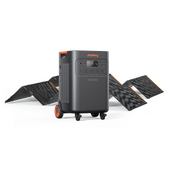
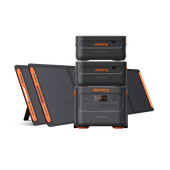
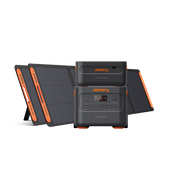
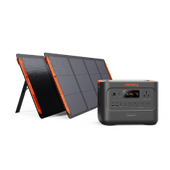

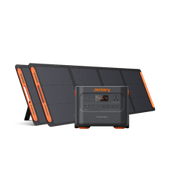
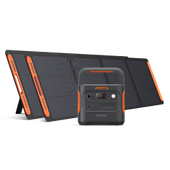

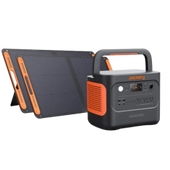

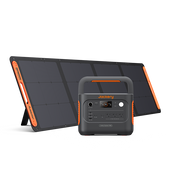
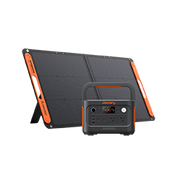


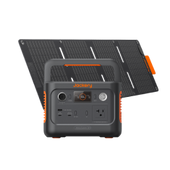
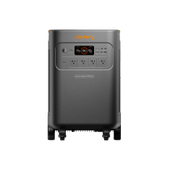
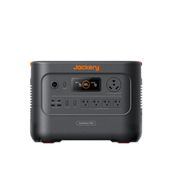
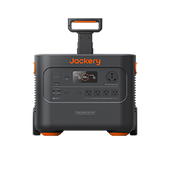
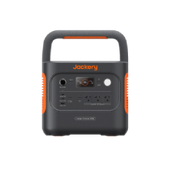
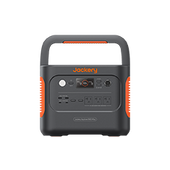
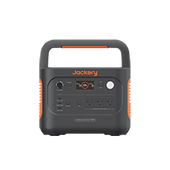
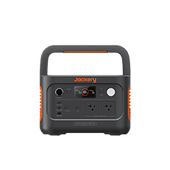
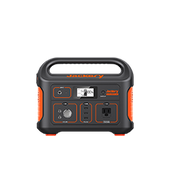
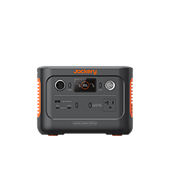

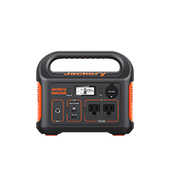
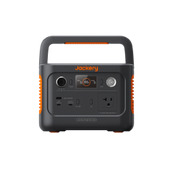

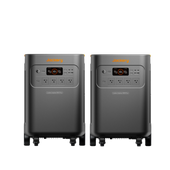
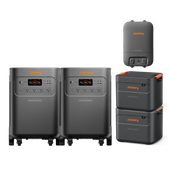


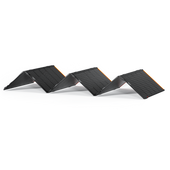


![[Add - on] Jackery Manual Transfer Switch for Explorer 5000 Plus - Jackery](http://www.jackery.com/cdn/shop/files/add-on-jackery-manual-transfer-switch-for-explorer-5000-plus-9017324.png?v=1754016782&width=170)

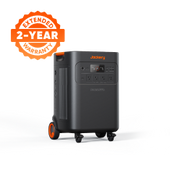


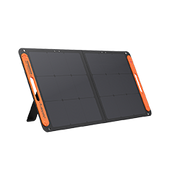
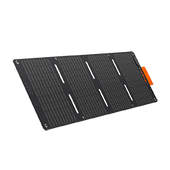
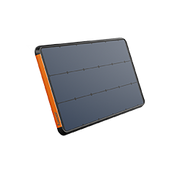
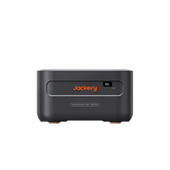

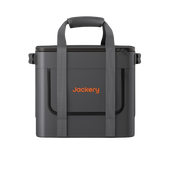


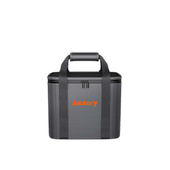

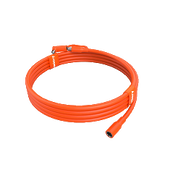



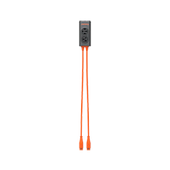


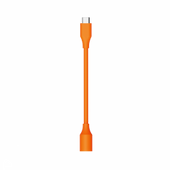
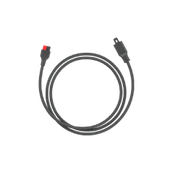
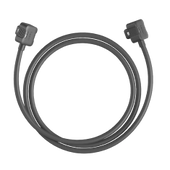
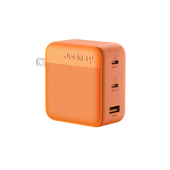



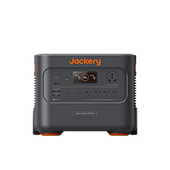
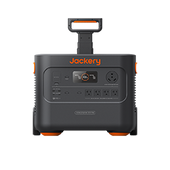

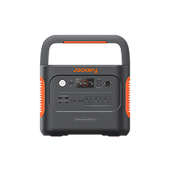

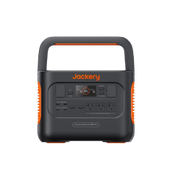
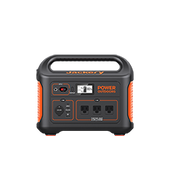


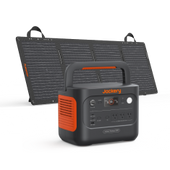

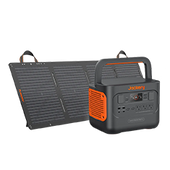





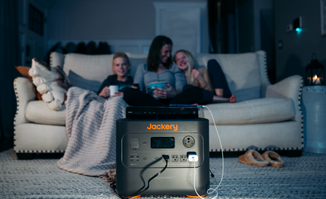


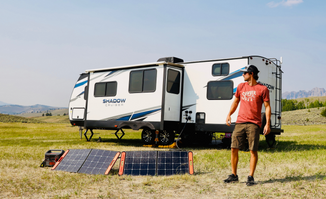








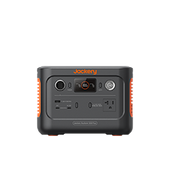

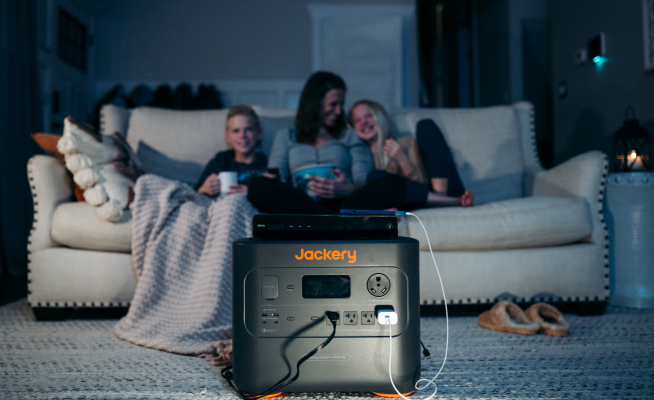


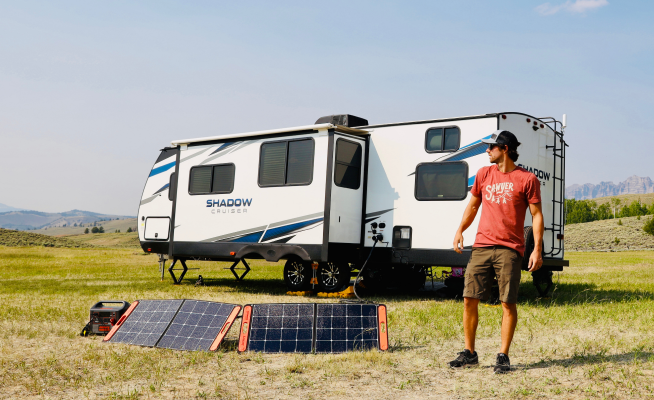


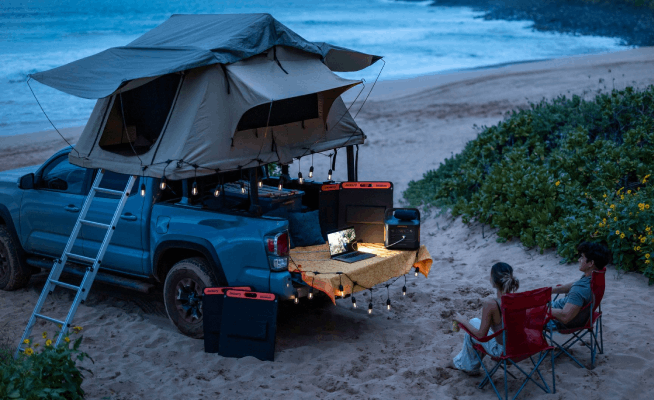

















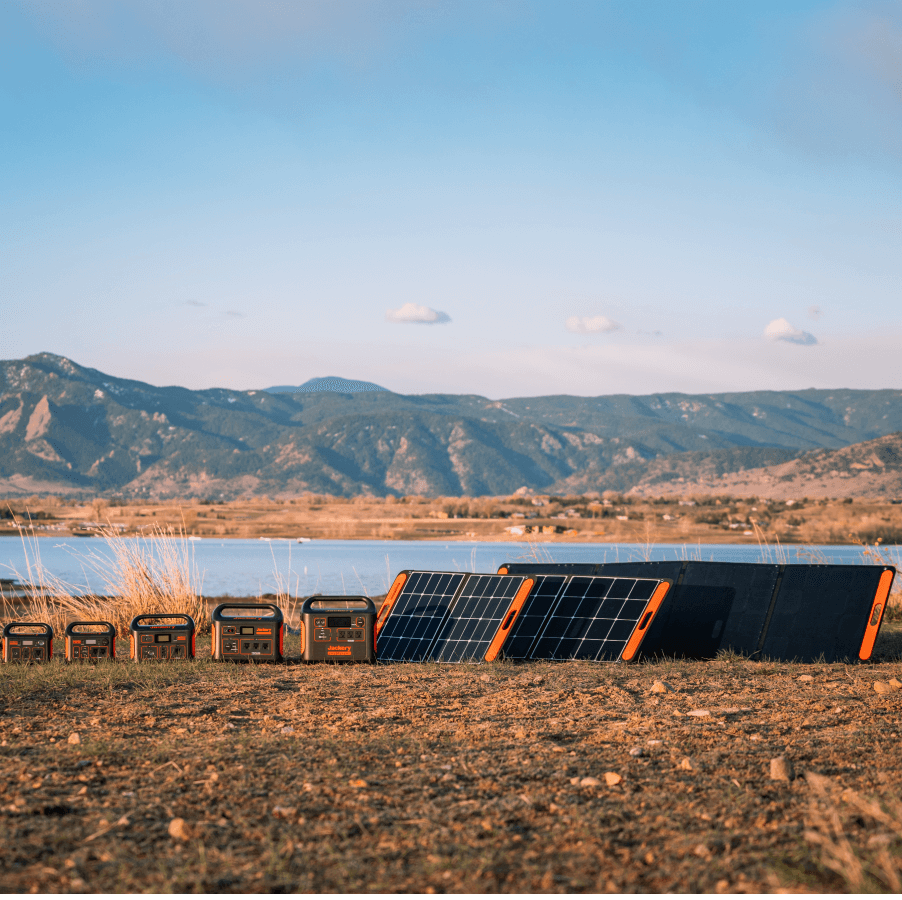
Leave a comment